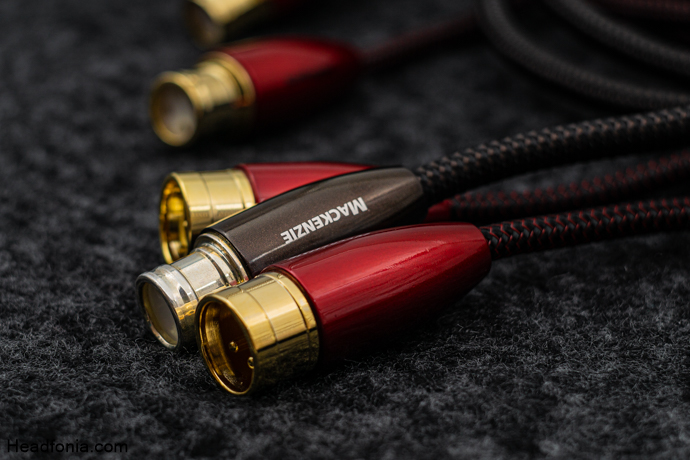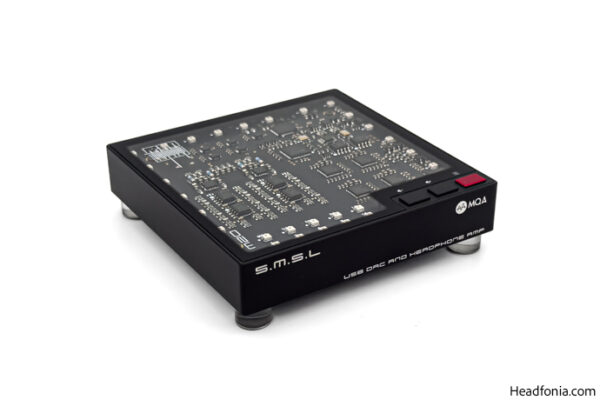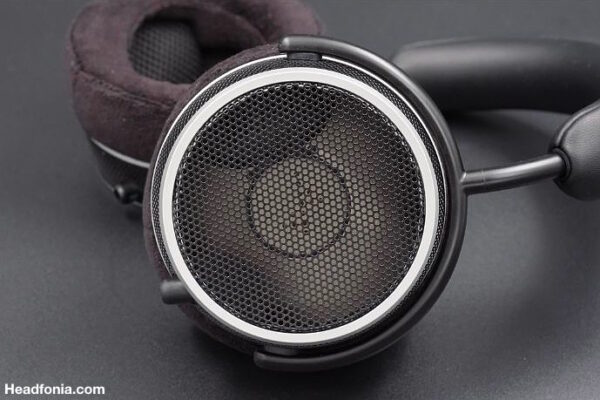Red River – XLR Interconnect
The Red River belongs to AudioQuest’s Rivers Series and performance-wise, it is positioned above the Chicago and below the Mackenzie. It features AudioQuest’s Solid Perfect-Surface Copper (PSC) wire instead of the PSC+ that was featured on the Mackenzie. It also shares Triple-Balanced geometry and Hard-Cell Foam dialectic with the Mackenzie but does not come with a Carbon-Based 3-layer Noise-Dissipation system. Instead, it utilizes a Metal-Layer Noise-Dissipation system. It is sporting a red & black braid jacket, and it is also cold-welded like the Mackenzie but does not come with silver-plated pure copper connectors. Instead, the Red River features gold-plated connectors.
Just like Mackenzie, the Red River comes with the same kind, of well-designed packaging. Instead of Mackenzie river, we have a photograph of the Red River on the front side. Apart from that, the packaging details are the same. Note that you only get the cable, no pouch or other accessories are available with neither Red River nor Mackenzie.
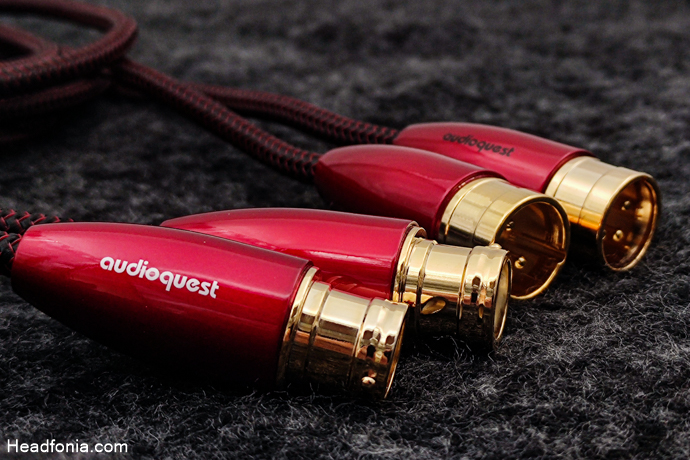
Looking at the Red River closely, we see that nearly all the design elements are identical compared to Mackenzie. We see the same housing shape and wonderful metallic finish. The plug is gold-plated instead of silver and honestly, the silver looks very unique. Directly compared to other connectors I’ve seen, the AQ’s gold plating has a darker gold tint and feels much more premium. The same “quality” feeling is also present with the Red River and that’s quite nice. The most obvious visual difference between the two is that the cable part of the Red River is thinner compared to Mackenzie. We don’t know the exact wire diameter but it is likely to be a shielding difference.
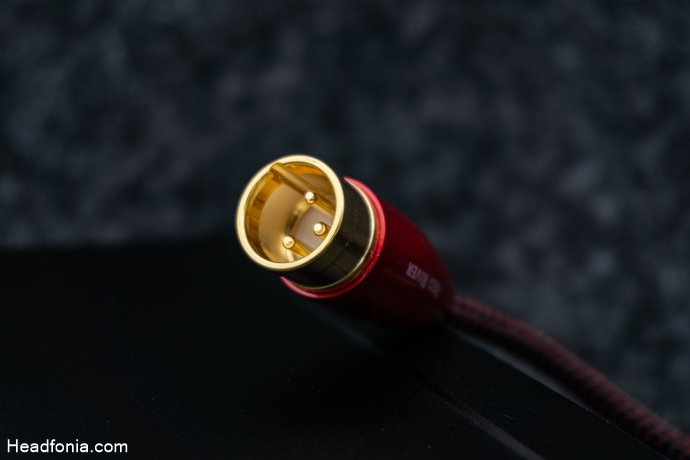
I have been using these connectors for the past 4 months, mainly as an interconnect between my DACs and AMPs. After tons of plugging and unplugging, I couldn’t manage to scratch them. They seem to be using the same metallic finish as the Mackenzie and both have no scratches after 4 months of intense use with lots of drops. I’m sorry about that. The Red River reminds me of the Iron Man’s suit with its non-Chinese-looking gold tint and beautiful metallic red finish. Overall, I am incredibly satisfied with both of the units’ build quality. Top-notch connectors seem like they are built to last a lifetime.
In this paragraph, I will describe how the Red River XLR affected the sound quality of my setup. I will be comparing Red River with the generic cables in my inventory (ProCAB CLA710, CM XLR, Amazonbasics XLR) and the Mackenzie. I will mention generic cables as “generics” in the text. I used the Red River as an interconnect between my DACs and AMPs on a daily basis, but in this comparison, I will use it between my DAC and active monitors.
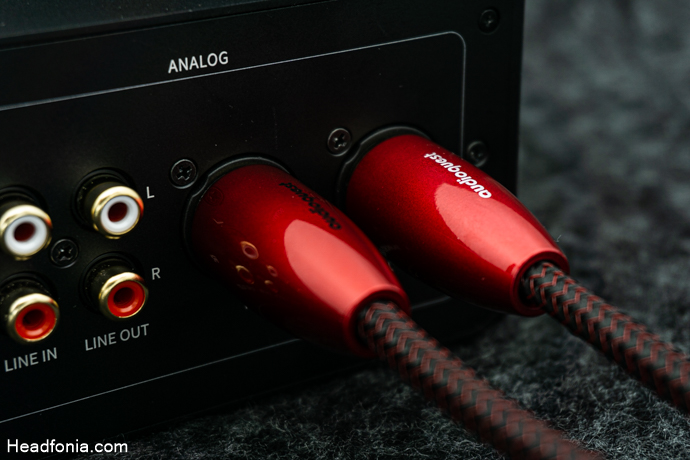
First of all, the Red River sounds almost as good as the Mackenzie with some differences. Compared to the generics, Red River improves the midrange and tightens the bass response. The bass has more slam and is somewhat more impactful with the Red River compared to generics. It does not have the same effect on the upper mids as the Mackenzie but the improvement to the bass response is very welcome.

Overall, I feel like the detail level is improved and the whole bass region is more impactful with more authority and tightness. The sense of increased resolution is quite apparent when switching back and forth with generics, however, it is not as airy and spacious as the Mackenzie. I also used this cable extensively with DACs and AMPs. To be honest, the Red River outperforms my own interconnect cables, which I built with Canare’s highly acclaimed l-4e6s wire and Furutech plugs. The Red River feels more “hi-fi”, slightly more balanced with a slight warmth around the bass region, enhancing perceived dynamism.
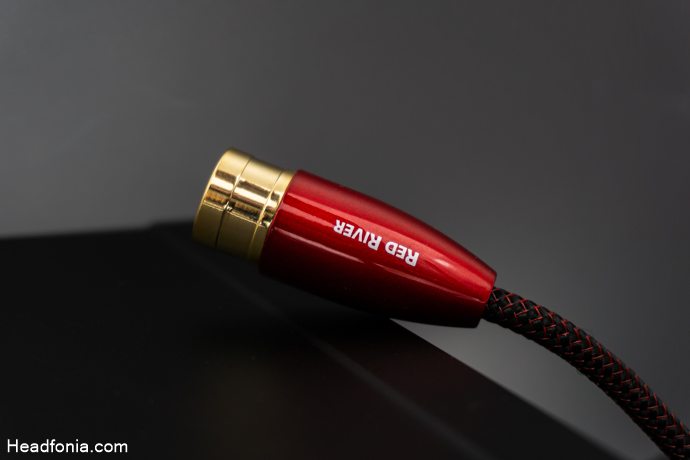
Last Words
AudioQuest offers a wide product range that can appeal to every budget and system. Whatever your cable needs, they have worked hard and succeeded to offer a solution for everyone. Although it may seem a bit confusing at first glance, it is possible to see and compare the properties of all cables in a single table from here. What I realized after reviewing these 2 cables is that AudioQuest is following a strict quality curve and whether the cable is the cheapest or the most expensive in the series, this quality level does not take a hit. Frankly, this is something we rarely come across. The cables I tried introduced several differences to my setup and I am happy that I got the chance to try them. If you are happy with your current setup and just want to polish and improve what you already love, I recommend checking out AudioQuest’s analog interconnects. We are going to be checking out several USB and power cables from AudioQuest, soon, so stay tuned!
Page 1: Intro, AudioQuest, Preamble, AudioQuest Interconnect Cables, Mackenzie XLR Interconnect
Page 2: Red River XLR Interconnect, Last Words







